Three-day national mourning, danger still present
Flags are flying at half-mast in Serbia as the nation observes three days of mourning for those who lost their lives in the worst flooding in over a century.
Wednesday, 21.05.2014.
16:07

Three-day national mourning, danger still present
The interior ministry announced on Wednesday that around 32,000 people had so far been evacuated from the flood-affected areas, 24,000 of them from the Belgrade municipality of Obrenovac that was worst hit by the floods.According to the latest data, a flood surge along the Dobrava river claimed the life of an elderly woman from the village of Orid near Sabac who did not want to flee the house, while another person died in the flood surge that hit Svilajnac, central Serbia.
On the first day of the catastrophic floods, two people were reported dead, and on Tuesday the Serbian prime minister said that 14 victims had so far been found in Obrenovac, and the autopsy is yet to confirm how many of them actually drowned.
In the territory of Serbia, 2,260 public, industrial and infrastructure facilities were flooded, 3,500 roads were destroyed, and nearly 1,800 put at risk.
The clearing of the flood-affected areas began on Tuesday with preparations for the repair of the damage and rebuilding.
The floods that have hit Serbia will have a devastating effect on the environment, but major environmental accidents in the form of industrial pollution have been avoided, Environmental Protection Agency Director Filip Radović said.
Over the past three days, continuous efforts have been underway in Belgrade, Šabac, Sremska Mitrovica and Obrenovac to reinforce flood barriers on river banks.
The Obrenovac hinterland is still under threat, with 3,500 people evacuated from the town and nearby villages since Monday due to fears that the swelling Sava could flood the area, being unable to flow into the Danube, which is pushing it back.
Last night, flood barriers around units A and B of the Nikola Tesla coal-fired power plant were reinforced and extended in height by 70 centimeterss after the Serbian prime minister said that it has to be defended by all means available as it covers 40 percent of the country's energy needs.
European Commissioner Kristalina Georgieva on Wednesday inspected the scale of the damage in Obrenovac during a visit to the town with Serbian Interior Minister Nebojsa Stefanović.
Major efforts are still underway to protect the Drmno mine and the Kostolac power plant, with Czech and German teams working alongside their Serbian colleagues.
Several villages in the regions of the city of Sremska Mitrovica and the town of Šid in the southwest of the Serbian province of Vojvodina were preventively evacuated in the past two days, and the waters advancing through forests from Croatia, where the Sava has broken defense barriers, are threatening the village of Sremska Raca, where the border crossing between Serbia and Bosnia-Herzegovina has been closed, and three other villages.
The situation on the right bank of the Sava near Šabac is stable, while locals from several villages in the region of the western Serbian town have also been preventively evacuated.
The water levels on the Danube near the city of Smederevo in Serbia's northeast are below the emergency flooding defense level, but the defense walls are being further stacked up as peak floods are expected in two to three days and the villages of Metalor and Orešac have been ordered completely evacuated.
Defense walls have been raised on the banks of the Sava and Danube Rivers in Belgrade and at the confluence of the two rivers in the center of the capital over the past three days, since a peak flood wave is expected on Friday.
Situation along the banks of the Drina river on the territory of Mali Zvornik, on the border with BiH, is critical due to heavy rain and landslides. The Loznica-Ljubovija-Bajina Bašta highway section has been closed off, and Mali Zvornik can only be reached only via a detour through the Serb entity in Bosnia, the RS.
A hill is sliding towards the Drina riverbed in that region, with almost four million cubic meters of earth that threatens to partition the river, which could place Mali Zvornik and the city of Zvornik in the northeastern RS in great danger.
Belgrade's Institute of Transportation (CIP) has sent experts to this region to see if the roads in the region can be repaired.


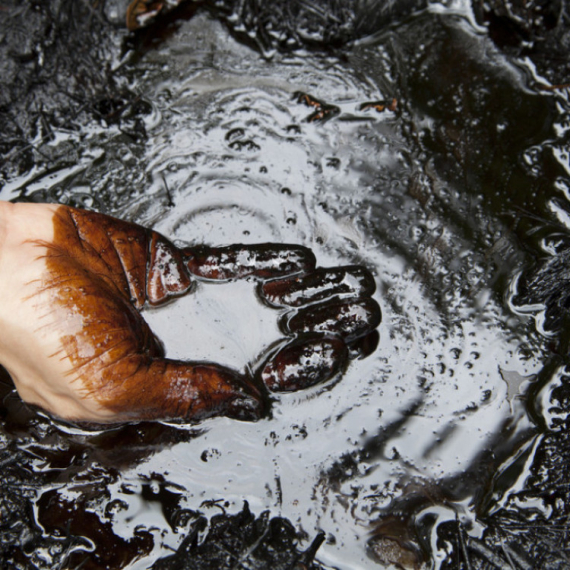
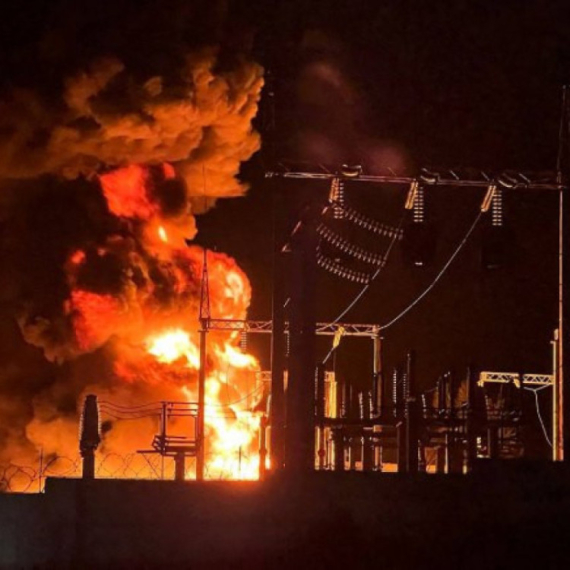

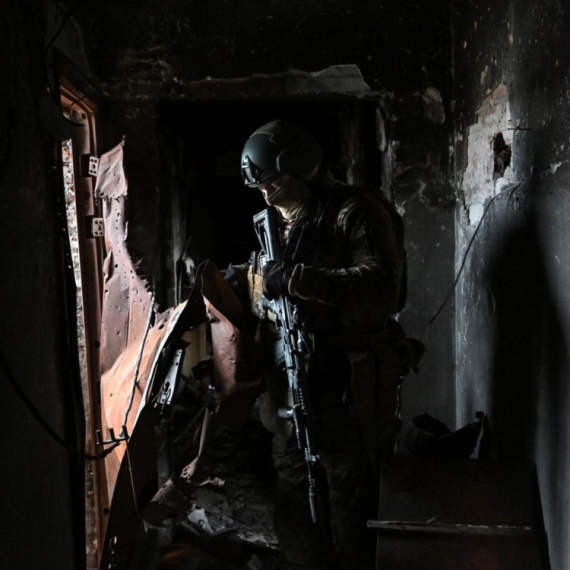









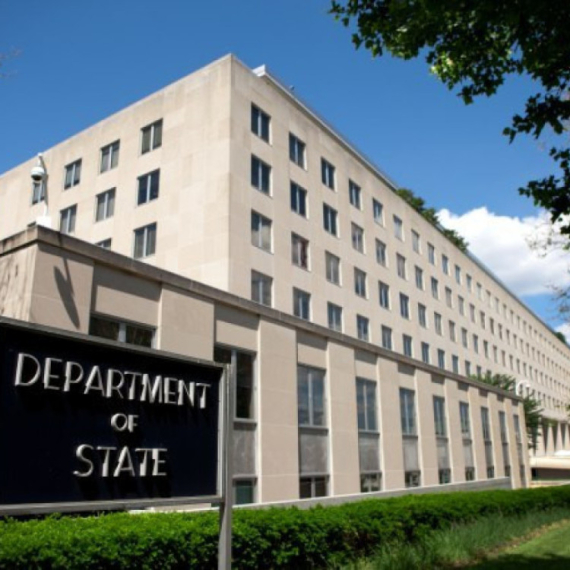
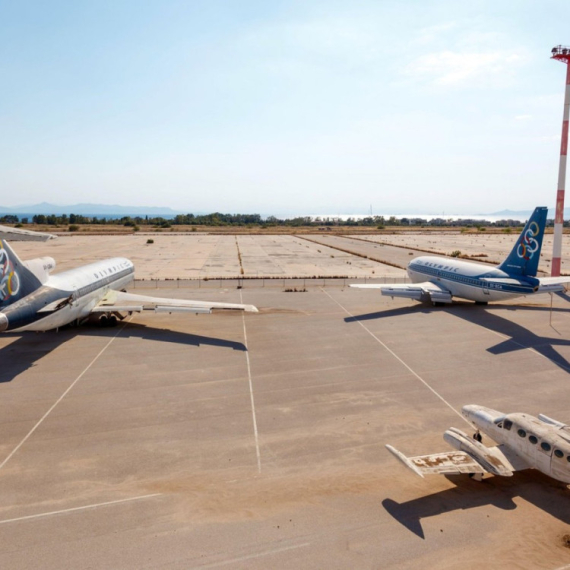





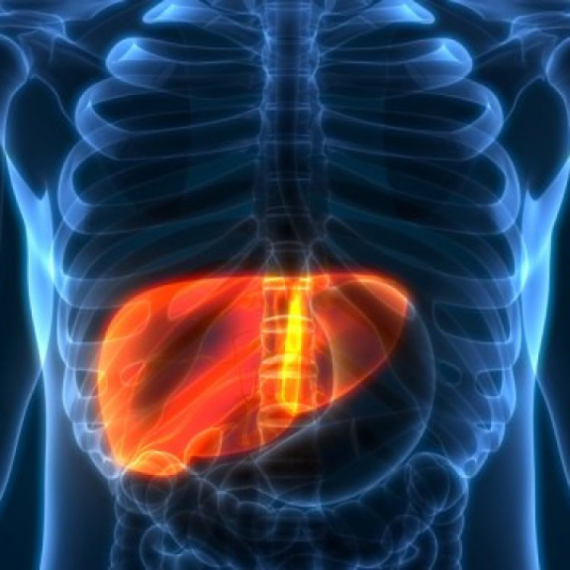















Komentari 0